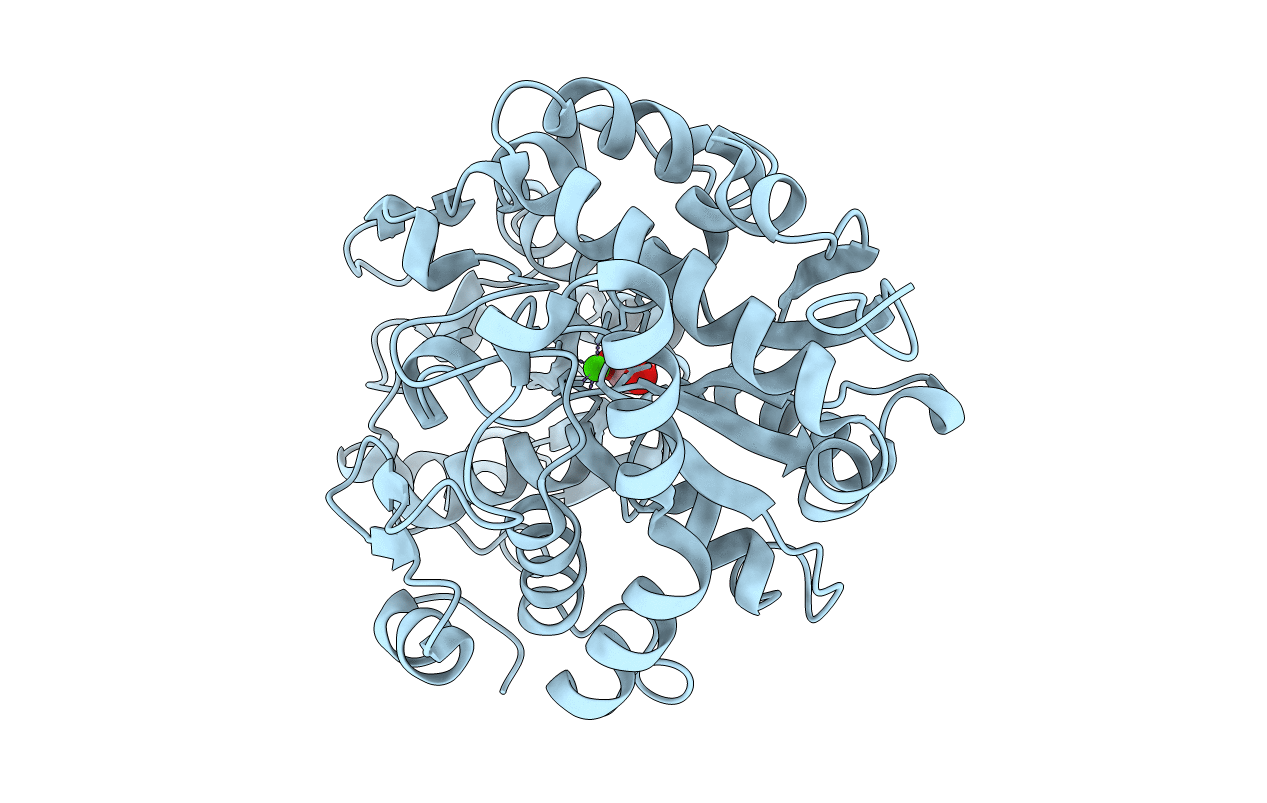
Deposition Date
2006-08-21
Release Date
2006-12-19
Last Version Date
2023-08-30
Entry Detail
PDB ID:
2I4B
Keywords:
Title:
Crystal structure of Bicarbonate Transport Protein CmpA from Synechocystis sp. PCC 6803 in complex with bicarbonate and calcium
Biological Source:
Source Organism:
Synechocystis sp. (Taxon ID: 1148)
Host Organism:
Method Details:
Experimental Method:
Resolution:
1.35 Å
R-Value Free:
0.22
R-Value Work:
0.20
R-Value Observed:
0.20
Space Group:
P 1


